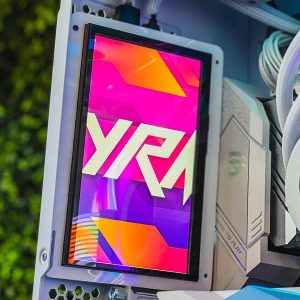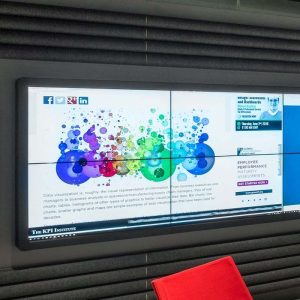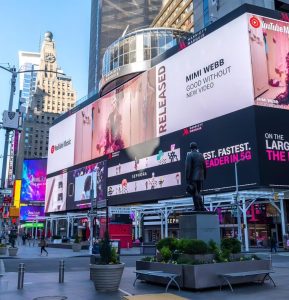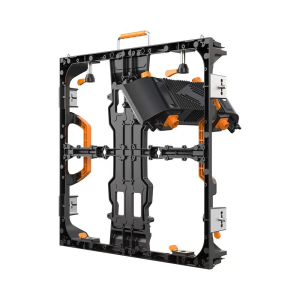From the underlying technology to their environmental benefits, this guide aims to provide a thorough understanding of how digital billboards work. Whether you’re a business owner contemplating a foray into digital outdoor advertising, or simply a tech enthusiast curious about the mechanics behind these vivid displays, this article offers valuable insights.
What are Digital Billboards?
Digital billboards are a leap forward in outdoor advertising, representing a significant shift from traditional static billboards. These high-tech displays use clusters of bright, light-emitting diodes (LEDs) to project vivid images and text. Unlike their static counterparts, digital billboards offer the flexibility to update content remotely and rapidly, enabling advertisers to display multiple messages throughout the day.
The core essence of a digital billboard is its dynamic nature. They are equipped to change advertisements every few seconds, allowing multiple advertisers to share the same space efficiently. This dynamic feature is not just about rotating ads; it’s about tailoring messages to the time of day, audience demographics, or even current events, making them highly relevant and engaging.
Moreover, digital billboards stand out for their brightness and clarity, which are essential in attracting attention in both daylight and nighttime conditions. They are designed to be highly visible from long distances and under various lighting conditions, ensuring that the displayed content is always clear and impactful.





